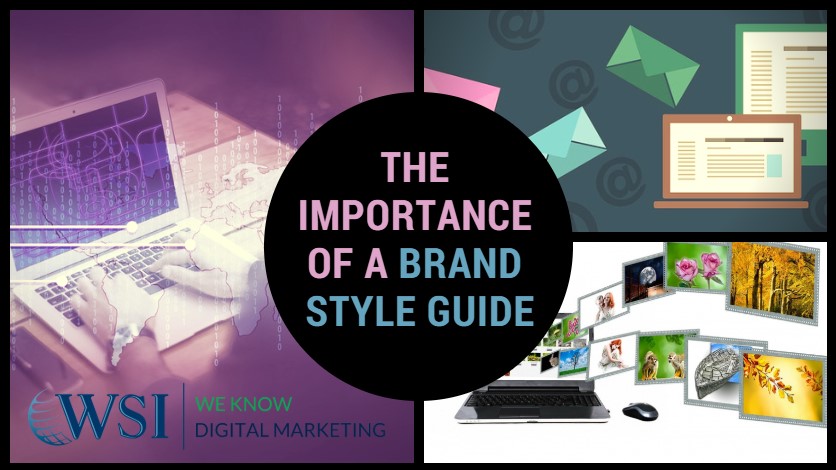
Building a memorable brand is all about consistency using a brand style guide for maximum impact. The best brands stay on top because their presence is defined by the repetition of the same logo, design, typography and colours. If potential customers see these elements enough, they become instantly recognisable. This generally provides a clear sense of trust, reliability and security, encouraging engagement which leads to conversion.
Key Components To A Brand Style Guide
Before choosing the elements for your brand style guide, know your brand and the message you want to send. Start by writing a mission statement about why your company exists followed by a vision statement about where you want the brand to go. There is no right or wrong way of doing this provided everything remains true to your brand.
Identify and describe your customers and why they need your products or services to solve their problems or provide value. Extensive market research should reveal most of what your target audience requires. If your team did a good job, you’re on the right track. Remember to include any insights that could help your team communicate more effectively with your customers. Remember, no detail is too big or too small.
Describing your brand personality may seem challenging but here’s a simple trick. List 3-5 adjectives that best describe your brand as this will set the tone for designing and writing content. Ask questions like, “Are you corporate, formal or casual?” “Do you want to come across as contemporary, classic or trendy?” Get the whole team involved to answer questions and provide their unique perspectives. Some companies even do this in reverse by starting a branding project with adjectives describing what the brand is not.
Creating A Brand Style Guide
In modern day marketing there’s nothing more pressing than consistently high-quality content. A brand style guide ensures that everyone involved with creating content has answers to all their questions. Not only does it support a more fluent, enjoyable user experience, they save you and your team loads of time and frustration. Things you might think is silly should be included like, “Do we spell it e-Book, E-Book or eBook?” or “Can I use a white logo on a dark background instead of the normal logo?”
-
What’s Your Brand Story?
Storytelling is the rage and what better way than to introduce your brand to the world. A short, simple summary can transform your presence and identity by giving people insight into the heart and soul of your company. Include the key components we mentioned earlier or only share some of it publicly.
Everything you do and each element of your business defines the truth about your brand to your audience. This includes the design and typography of your website or the texture of your packaging and business cards. Even the staff you hire forms part of your brand story.
-
Designing Your Logo
You may already have a logo with the required brand colours but what about its appearance in different environments? Your brand style guide should ensure that your logo is used properly and prevent mistakes like stretching or condensing. Add visual representations of acceptable and unacceptable logo designs and always remember to:
- indicate minimum size and accurate proportions of your logo
- show how much (or little) whitespace your logo needs
- include colour variations (greyscale, black and white, inverted or reversed)
- include a few examples of what your logo should NOT look like
-
Choosing Brand Colour Scheme
Many brands use four or fewer main colours while staying close the original hues. Add colour swatches to your style guide and include the PANTONE name and number, print colour (CMYK) and digital colour (RGB and HEX codes). A top tip is choosing one light colour for backgrounds, a darker colour for text, a neutral hue and also a bright hue for impact. Coca-Cola and Heineken are good examples of minimal colour use for maximum impact.
-
Typography And Design
There may be many free and paid fonts online but you must consider your target market and intended message. First and foremost, it needs to match your brand personality and values. Some brands use one font while others prefer more but generally, it’s best to use a different font than the one in your logo so it stands out more.
Fonts like ‘Impact’, ‘Freestyle Script’ or ‘Pristina’ could work well for headings but not so much for body content. The best easy-to-read fonts for main body content include Arial, Tahoma, Verdana or Calibri. Whatever font you choose, remember to use an appropriate font size.
No matter how simple or complex your typography and design scheme is, make sure it’s used correctly. Explain the choice of colours, fonts or design and give clear instructions for use. Tell the story of the fonts you are using and how it relates to your brand. Explain what each font is used for, i.e. headlines, body content, footers, captions, etc.
Alignment and spacing rules are very important. Make it abundantly clear if you want text to always align left, right, centered or justified. Include tracking and kerning ratios to create more appealing and easy to read content. It helps maintain a consistent style when font sizes change.
-
Brand Images
Images add something extra to the mix and choosing the ones for your brand needs careful attention. Start by showing examples of images that have worked well for the brand in the past. Indicate the main ways your brand communicates, either digitally or through print media.
If you don’t have all the examples for your brand, look at some of the bigger brands for inspiration. Find what feels right for your brand as it still shows your team what style you are going for. It’s absolutely essential to choose images that convey the feeling(s) you want your target audience to get when interacting with you.
Give us a call on 01453 542761 or get in touch through our website if you need help getting started. We provide digital marketing services including SEO, PPC, Web development, Social Media, Marketing Automation and more.
Related Post
What’s the single...
Adam Vincenzini from Comms Corner recently posted a very good article which I think goes...
- January 25, 2011
- By Rob Thomas
- Blogging
Effective Facebook Marketing...
With over 600 million users, Facebook represents the single most connected platform on...
- March 1, 2011
- By Nadine Thomas
- Latest Online Trends
Monitor, Influence and Lead...
Get Actively Involved in the Outcome of Search Results Don’t take negative publicity...
- April 28, 2011
- By Rob Thomas
- ORM
Free Online Reputation...
Listen to What’s Being Said About You Online (Free online reputation monitoring...
- May 5, 2011
- By Rob Thomas
- ORM
Top Tips for Product Page...
As the internet evolves and user expectation becomes increasingly sophisticated, creating...
- May 31, 2011
- By Rob Thomas
- e-Commerce
How To Drive Sales With...
Landing pages have long been the primary tool of the web-savvy marketer. Whether the...
- June 12, 2011
- By Nadine Thomas
- e-Commerce


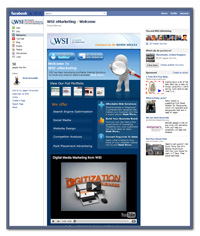
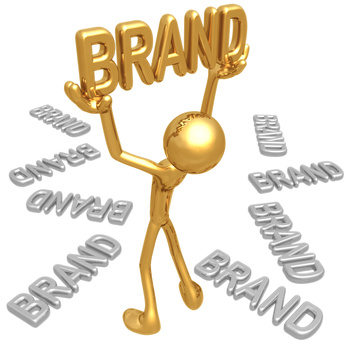
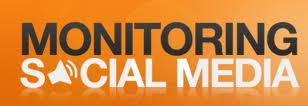
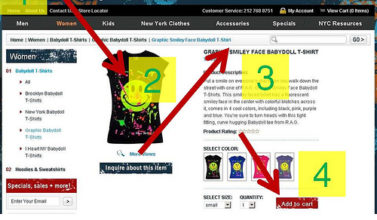
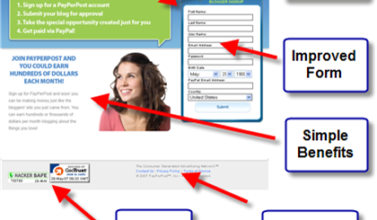




Leave a Comments